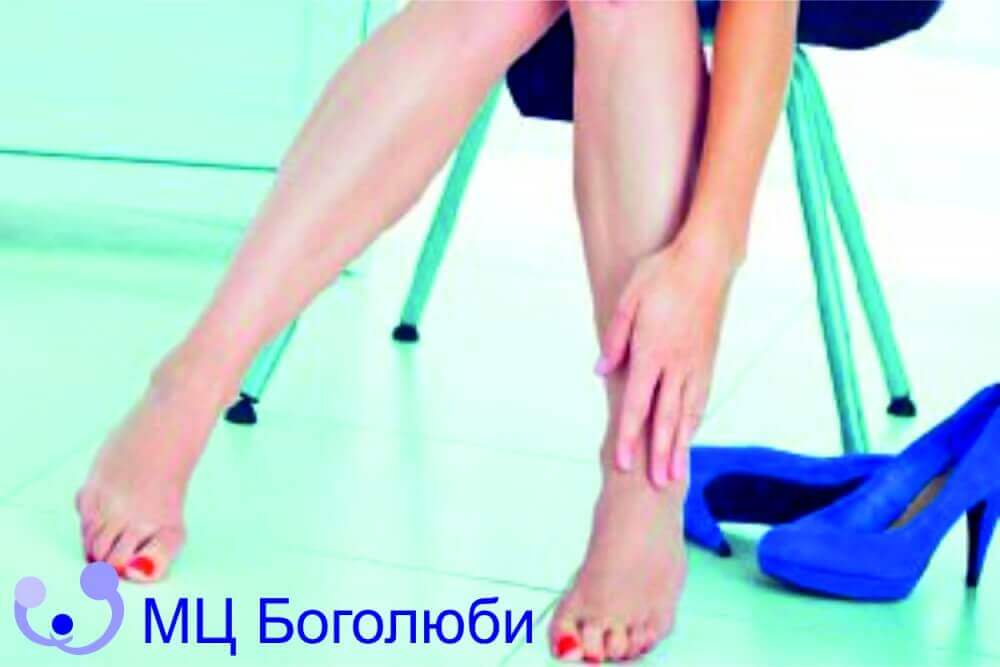In medical circles, an unpleasant sensation of tingling and crawling «goose bumps» in the extremities is called preezesia. Leg paresthesia is a common symptom of many diseases of varying severity.
Symptoms of Parasthesia
Patients suffering from paresthesia often complain of numbness in their legs, which in an innocuous form, as a rule, regresses spontaneously after a few seconds or minutes. However, not everything is as cloudless as it might seem at the first moment. «Goosebumps» can mask the underlying disease, and numbness in the legs is already described as a very painful condition.
In fact, paresthesia can affect any part of the body, but, as a rule, tingling is localized in the lower extremities (feet, fingers).
Causes of Parasthesia
Temporary lack of blood flow in the legs can contribute to the manifestation of paresthesia. Often this happens when you are in the wrong position during sleep, or if the patient has been with legs crossed for a long time without changing his/her posture.
Paresthesia may be a harbinger of iron deficiency anemia, atherosclerosis, intermittent claudication. With a deficiency of B vitamins, alarms can be sent by the body in the form of creeps. Paresthesia may indicate neurological damage induced by lead, alcohol or smoking, arterial embolism, epilepsy.
Patients with herniated discs often complain of numbness and tingling in the lower extremities. Sometimes the tingling exacerbates to painful sensations that extend to the level of the hips and buttocks. Also, a stroke is an expression of insufficient blood supply to the brain area, and one of the forerunners of the symptoms of a stroke is tingling of the legs or hands. Herpes simplex virus and herpes zoster can cause tingling at the point of infection.
Other concomitant diseases may include:
- diabetic neuropathy;
- transverse myelitis;
- sciatica;
- multiple sclerosis;
- cervical spondylosis;
- restless legs syndrome (many patients with this disease complain of constant tingling in their legs at night).
Differential diagnosis of paresthesia
If the feeling of numbness of the legs grows, it becomes unpleasant and lasts for several minutes, then it makes sense to seek medical advice in order to identify the cause in a timely manner.
Differential diagnosis is of great importance. The most widely used diagnostic tests for this purpose:
- a detailed blood test;
- electrolytes;
- the concentration of vitamins in the blood;
- toxicological examination;
- check thyroid function;
- magnetic resonance imaging of the head and spine;
- Ultrasound of the vessels of the neck (to check the risk of stroke);
- radiography of the legs.
Paresthesia treatment
The treatment for paresthesia depends entirely on the root cause, which led to tingling in the legs, so we can say that there is no standard therapy. If there are complaints of "goosebumps" in the legs, it makes sense to contact the vascular surgeons of the Bogoliuby MC.
















